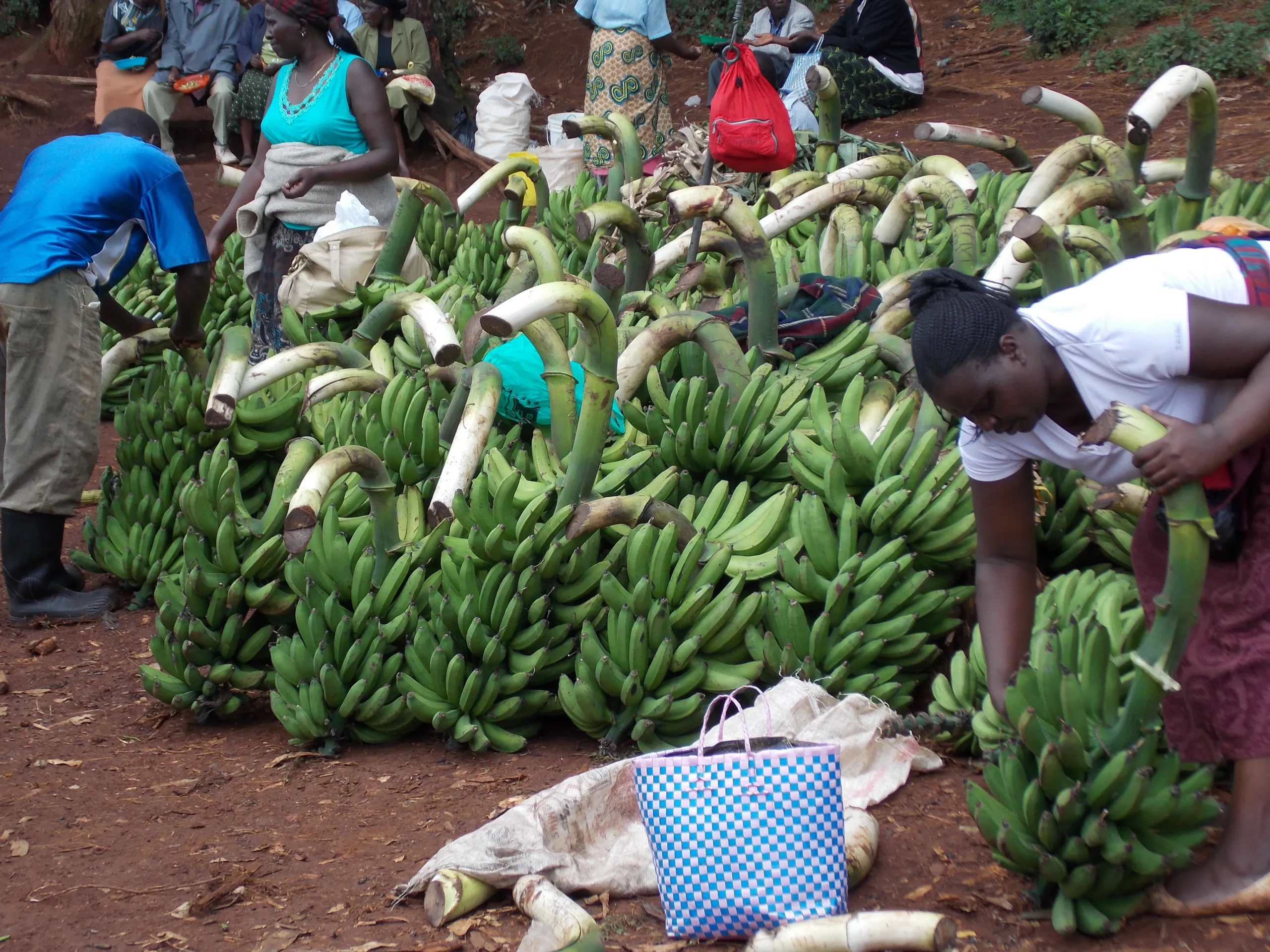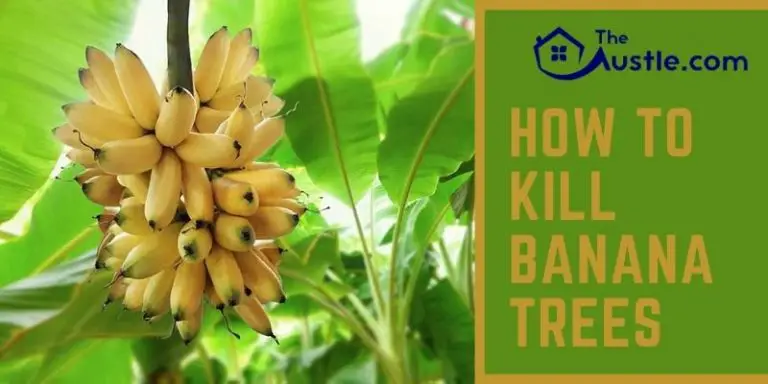Banana Farming 101: Tips and Insights for Beginners and Experienced Farmers Alike
If you’re considering banana farming, but don’t know where to start, you’ve come to the right place. In this article, we’ll provide you with valuable information on the basics of banana farming, from choosing the right location for your farm to managing pests and diseases. Additionally, we’ll cover the different cultivars of bananas and their unique requirements, as well as tips for soil management and fertilization.

Whether you’re a beginner or an experienced farmer, there’s always something to learn when it comes to banana farming. So, whether you’re looking to diversify your agricultural ventures or start from scratch, keep reading to discover some valuable tips and insights on this fruitful industry.
What are the basics of banana farming?
Banana farming, like any other agricultural pursuit, requires a thorough understanding of the basics to ensure optimal yields and profitability. The first step in banana farming is selecting the right variety for your farm. There are over 1000 different varieties of bananas grown worldwide, each with unique traits and suitability for different environments.

Once you have selected the right variety, it’s time to prepare the land. Banana plants thrive in well-drained soils with a pH range of 5-7. To ensure optimal growth, it’s important to remove any weeds or debris from the soil before planting.
Planting should be done during rainy seasons when there is sufficient moisture in the soil. A spacing of 2-3 meters between plants ensures adequate sunlight penetration and allows proper air circulation around each plant.
Fertilization is essential for improving yields and maintaining soil health. Bananas require both macro-nutrients such as nitrogen, phosphorus, potassium as well as micro-nutrients such as zinc and magnesium.
To prevent disease outbreaks, regular pruning is essential. This not only helps to remove dead or diseased leaves but also improves light penetration into the canopy for better fruit production.
Harvesting can begin when fruits start developing a slight yellow color on their surface but are still green at their tips. At this stage, they have reached maturity but are not yet ripe enough to eat.
In conclusion, successful banana farming requires careful planning from selecting the right variety through harvesting at maturity stages that optimize yield potential while maintaining quality standards throughout processing stages so that consumers receive high-quality products from farmers who take pride in their work!
How to choose the right location for your banana farm?
Choosing the right location for your banana farm is crucial to its success. While bananas are known for their adaptability, they still require specific growing conditions to thrive.
Firstly, you must consider the climate of your potential location. Bananas grow best in warm and humid environments with temperatures ranging from 75-85 degrees Fahrenheit. They also require a lot of sunlight, so make sure the location receives at least 6 hours of direct sunlight daily.
Another important factor to consider is soil quality. Bananas prefer well-draining soil that is rich in organic matter and nutrients such as nitrogen, phosphorus, and potassium. Conducting a soil test before planting can help determine if the area has adequate nutrients.
In addition to climate and soil quality, access to water is essential for banana growth. Ensure that the location has a reliable water source or an irrigation system in place.

Lastly, it’s essential to consider logistics when choosing a banana farm location. Access roads should be available for transport of harvested bananas from farm-to-market easily.
Taking all these factors into account will help you choose the perfect spot for your banana farm – one where your plants will thrive abundantly!
The different cultivars of bananas and their unique requirements.
Bananas are one of the most widely consumed fruits in the world, with over 100 billion consumed annually. However, not all bananas are created equal. There are dozens of different cultivars, each with its own unique characteristics and requirements.
One popular cultivar is the Cavendish banana, which accounts for approximately 47% of global banana production. This variety is known for its sweet taste and firm texture, making it ideal for snacking or baking. However, Cavendish bananas require careful cultivation techniques to prevent disease outbreaks that can decimate entire crops.
Another popular cultivar is the Gros Michel banana, which was once the dominant variety before being largely replaced by the Cavendish due to disease susceptibility. Gros Michel bananas have a thicker skin and sweeter flavor than their modern counterpart but require more attention to ripen properly.
Other lesser-known cultivars include Red bananas (which have a reddish-purple skin and sweeter flavor) and Lady Finger bananas (which are smaller but sweeter than other varieties).

Understanding these differences in cultivars is crucial for both growers and consumers alike. By selecting the right type of banana for their needs and providing proper care throughout cultivation and transport, growers can ensure a high-quality product that meets consumer demands. Consumers can also benefit from knowing which types of bananas offer specific tastes or nutritional benefits.
In conclusion, while all bananas may look similar on the outside, understanding their unique characteristics can make all the difference in terms of flavor profile and cultivation success.
Tips for Soil Management and Fertilization for Banana Farming.
Soil management and fertilization are crucial aspects of banana farming that can greatly impact the yield and quality of your crop. Here are some tips to help you optimize your soil and fertilizer usage for successful banana farming.
Firstly, it is important to conduct regular soil tests to determine the nutrient levels in your soil. This will enable you to identify any deficiencies or excesses that may be affecting plant growth. Based on the results, you can adjust your fertilizer application accordingly to ensure optimal nutrient balance.
In addition, incorporating organic matter into your soil can improve its structure, water-holding capacity, and nutrient content. This can be achieved through practices such as cover cropping, composting, or applying manure.
When selecting fertilizers, it is important to choose ones that are specifically formulated for bananas and contain essential nutrients such as nitrogen (N), phosphorus (P), and potassium (K). Avoid over-fertilization, as this can lead to environmental pollution and damage the health of your plants.
It is also important to consider the timing of fertilizer application. For example, applying nitrogen during periods of heavy rainfall may result in leaching of nutrients from the soil before they can be absorbed by plants. Therefore, it may be more effective to apply fertilizers during drier periods when absorption rates are higher.
Overall, proper soil management and fertilization practices are critical for achieving optimal yields in banana farming. By following these tips and continuously monitoring your crops’ growth patterns through regular testing you will set yourself up for success in a highly competitive industry!
Common pests and diseases in banana farming, and how to prevent them.
Bananas are one of the most popular fruits in the world, loved for their sweet taste and high nutritional value. However, banana farming is not without its challenges, particularly when it comes to pests and diseases.

One common pest that affects banana crops is the banana weevil. This insect feeds on the roots of the plant, causing significant damage to its overall health and productivity. Another common pest is the nematode, a tiny worm-like creature that can cause stunted growth and even death in severe cases.
Diseases are also a major concern for banana farmers. The most well-known disease is Panama disease or Fusarium wilt which causes wilting leaves which start from bottom of plant moving up gradually till it reaches top killing entire plant (leaves turn yellow). Black sigatoka leaf spot disease affects photosynthesis by destroying chlorophyll leading to reduced yield while Bunchy top virus causes abnormal growth pattern damaging whole bunches.
So how can farmers prevent these pests and diseases? One effective method is crop rotation which involves planting different crops in alternating seasons to break up pest cycles. Sanitation measures like removal of infected plants helps reducing spread from an infected area to healthy ones. Fungicides & pesticides are also utilised but require careful use due to environmental impact as they may end up polluting soil or water sources.
Education programmes about proper farming practices can also help prevent infestations as prevention always better than cure! By taking proactive steps through education, sanitation practices , crop rotation methods , early detection & treatment using fungicides/pesticides this will ensure a healthy harvest for both farmers & consumers alike!
Check out our other articles to find out even more about banana.
Banana farming can be a profitable endeavour, but it requires careful preparation and management. By following these tips, you will have the best chance of success with banana farming. From choosing the right location to fertilization techniques to preventing common pests and diseases, this blog article has covered all aspects of successful banana farming. Check out our other articles to find out even more about bananas for continued success!
















